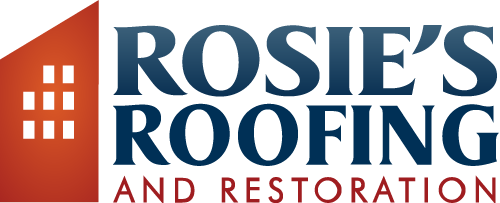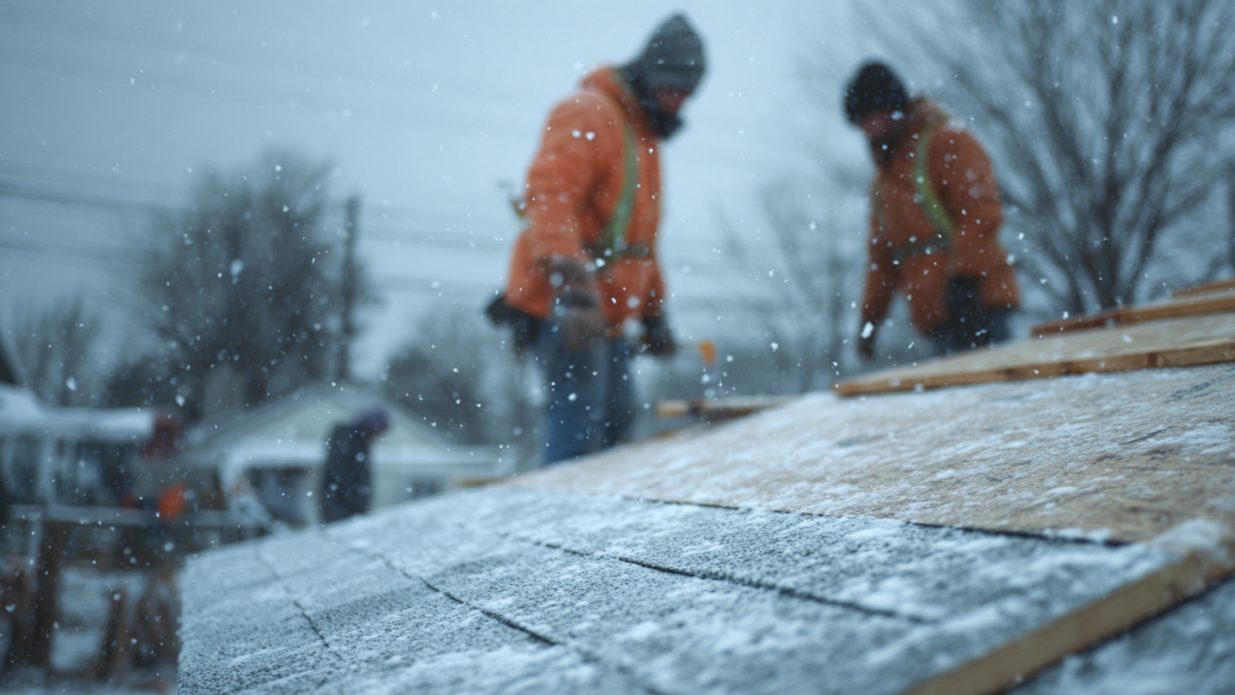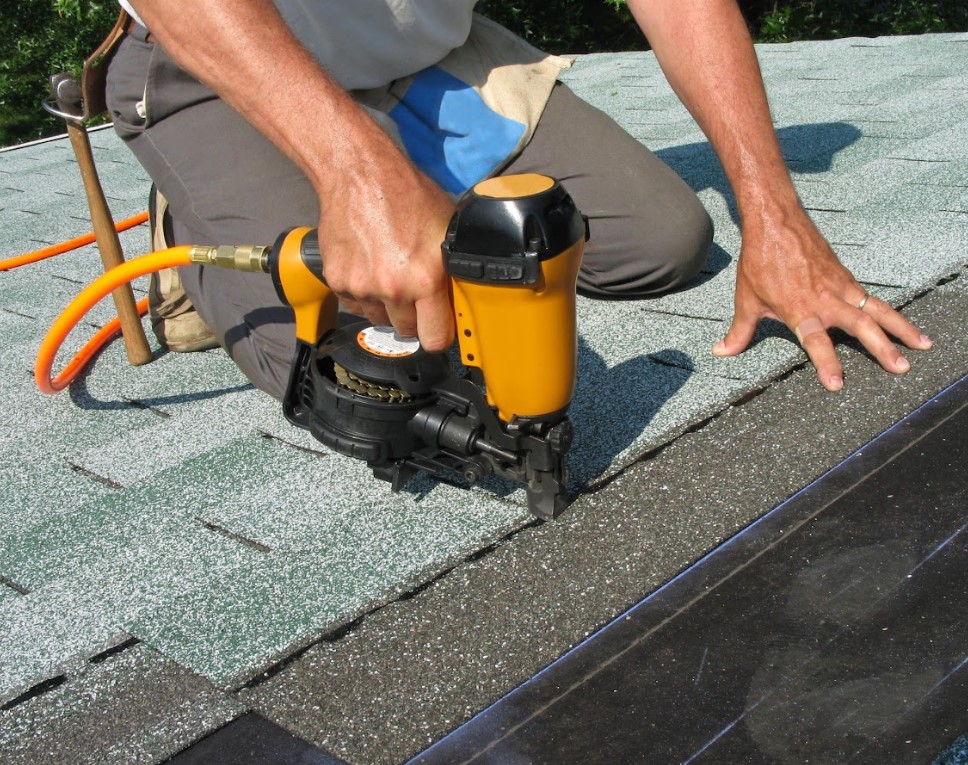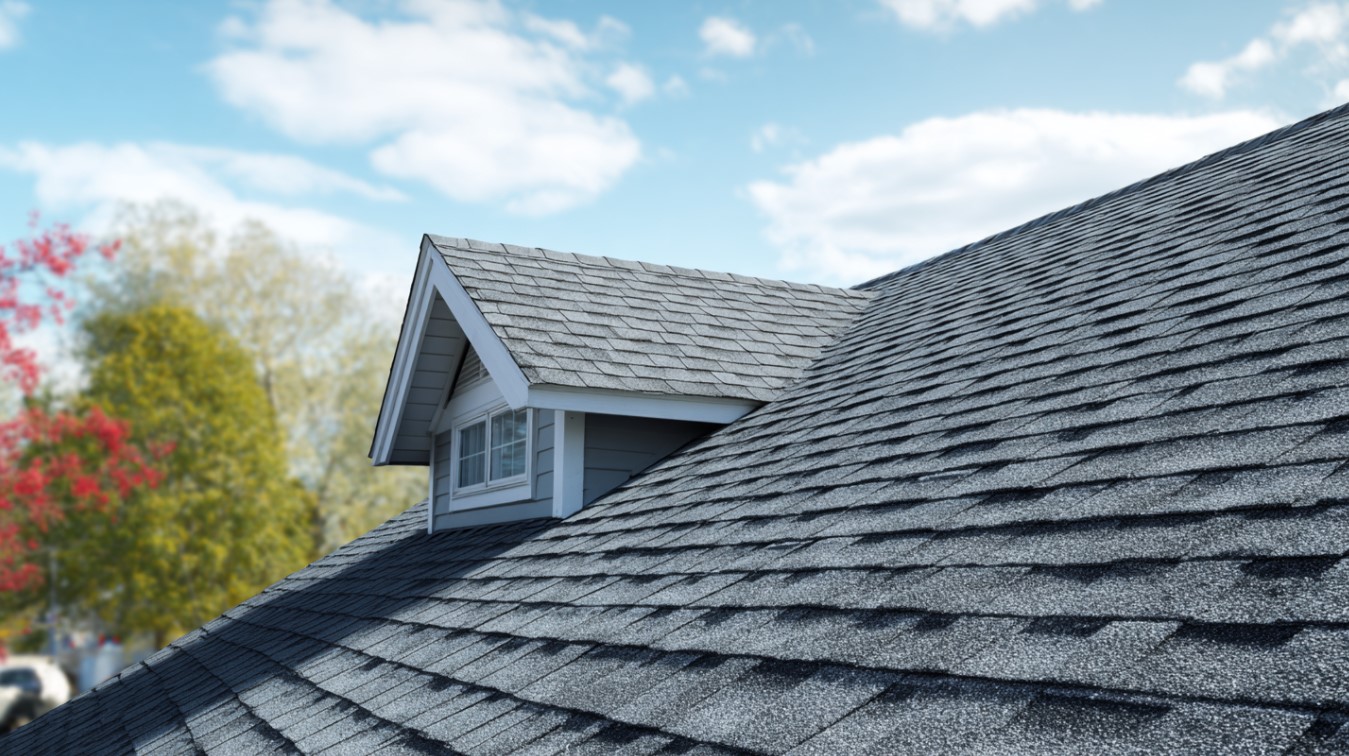Imagine this: You’re sitting inside on a rainy evening, enjoying a hot cup of coffee, when you hear it—a slow, persistent drip…drip…drip. You look up, and there it is. A water stain on your ceiling that wasn’t there yesterday. Sound familiar?
Roof problems have a way of sneaking up on homeowners, often revealing themselves at the most inconvenient times. The truth is, your roof doesn’t just fail overnight. It gives off warning signs—little hints that something isn’t quite right. The trick is knowing what to look for before that tiny drip turns into a full-blown disaster.
At Rosie’s Roofing and Restoration, we’ve seen it all: cracked shingles, sagging gutters, flashing that’s seen better days—you name it. And while some roof issues are obvious, others are more subtle, lurking in places most homeowners don’t think to check. That’s why we’re here to help you by exploring vulnerable areas of your roof and showing you how to detect vulnerable areas on your roof before they turn into expensive repairs.
If you live in Atlanta, roof damage can happen year-round due to unpredictable weather. Knowing how to identify these problem areas early can help prevent costly repairs. Let’s dive in and uncover the hidden trouble spots that might be putting your home at risk!
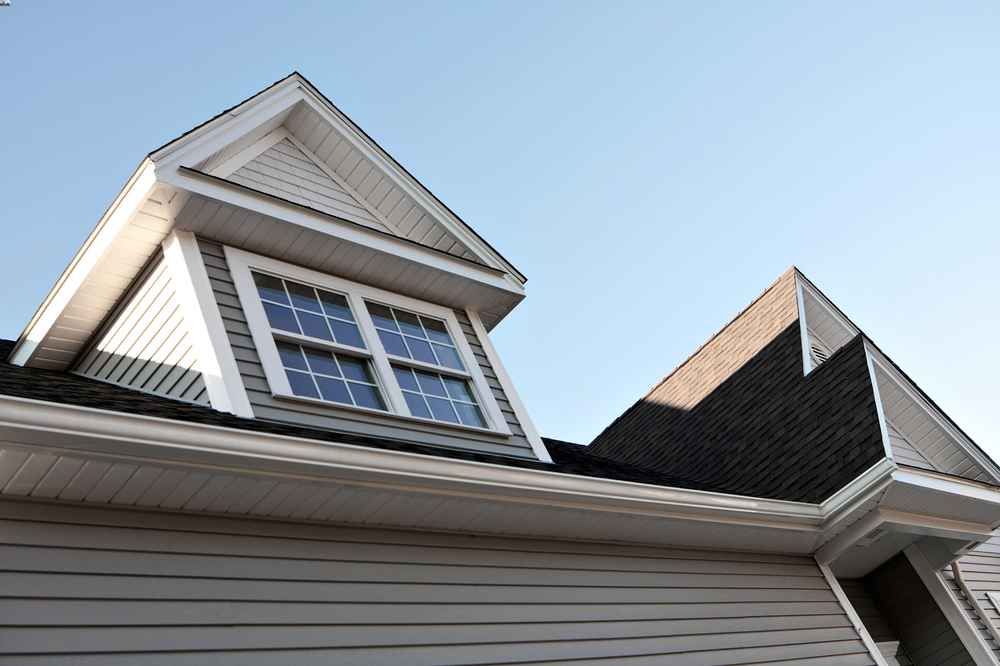
Why Identifying Roof Weaknesses Early Matters
Your roof is your home’s first line of defense against the elements, but it won’t last forever. Even minor vulnerabilities can lead to bigger problems like leaks, mold, and structural damage if left unaddressed. The earlier you catch an issue, the easier and less expensive it is to fix.
Some of the most common consequences of an unchecked roof issue include water damage, higher energy bills due to poor insulation, pest infestations through small openings, and costly repairs that could have been prevented with early intervention.
Exploring Vulnerable Areas of Your Roof: Where to Check First
1. Roof Valleys: A Common Leak Source
Roof valleys are where two slopes of your roof meet, creating a natural pathway for water runoff. Because so much water flows through this area, it’s one of the most common places for leaks to develop. Over time, debris buildup, worn-out shingles, or improperly installed flashing can lead to water seeping into your home.
To check for damage, look for missing or cracked shingles in the valley, water pooling in certain areas, or rust and cracks in the flashing. If you notice any of these signs, it’s time for an inspection.
2. Flashing: Small but Critical
Flashing is the thin metal material installed around roof penetrations such as chimneys, vents, and skylights. It prevents water from seeping into gaps where different parts of your roof meet. When flashing deteriorates or becomes loose, even a small opening can lead to significant leaks.
Signs of flashing problems include visible rust, cracks, missing sections, or water stains near walls and ceilings inside your home. Because flashing issues often go unnoticed, it’s a good idea to have a professional inspect these areas regularly.
3. Gutters and Downspouts: More Than Just Drainage
Your gutters play a crucial role in directing water away from your home’s foundation and roof. When they become clogged with leaves, dirt, or debris, water can back up onto the roof and cause rot, mold, and leaks.
Signs of trouble include sagging gutters, water stains on the siding, and an excessive amount of shingle granules in the gutters, which indicates roof wear. Keeping your gutters clean and well-maintained can help prevent costly roof damage.
4. Chimneys: A Hidden Problem Spot
Chimneys are another common source of leaks due to the way they intersect with the roof. Over time, the mortar between bricks can deteriorate, and the flashing around the base of the chimney can loosen or rust.
If you notice cracks in the mortar, water stains near your chimney, or rusted flashing, it’s important to address the issue quickly before it leads to more significant water damage.
5. Shingles: Your Roof’s First Line of Defense
Shingles are the most visible part of your roof and the first to show signs of aging and wear. Harsh weather, UV rays, and time can cause them to crack, curl, or lose granules, reducing their ability to protect your home.
Check for bald spots where granules have worn off, curling or buckling shingles, and missing pieces that expose the underlayment. If you notice widespread damage, it may be time for a roof replacement.
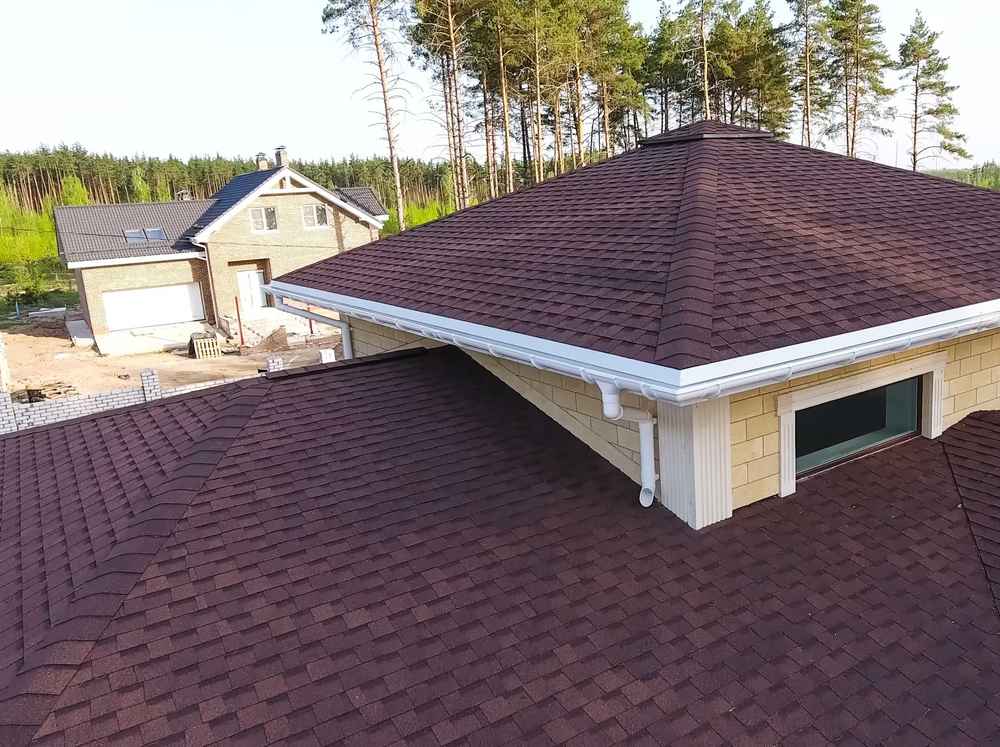
How Rosie’s Roofing and Restoration Can Help
At Rosie’s Roofing and Restoration, we specialize in identifying and fixing these problem areas before they become major headaches. Our team offers comprehensive roof inspections to assess problem spots, expert repairs to address damage, and full roof replacements when necessary.
We also provide preventative maintenance plans to keep your roof in top condition year-round, helping you avoid unexpected repair costs and extend the lifespan of your roof. If you’re unsure how to detect vulnerable areas on your roof, we’re here to help.
When to Call a Professional
While homeowners can perform basic visual inspections, some issues require a trained eye. If you notice missing shingles, interior water stains, sagging gutters, or flashing that looks damaged, it’s best to have a professional assess the situation before it worsens.
If you’re unsure about the condition of your roof or have concerns about potential damage, contact Rosie’s Roofing and Restoration today. Call us at 678-799-7499 or email [email protected] to schedule a professional inspection and ensure your home stays protected.
